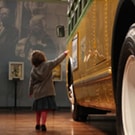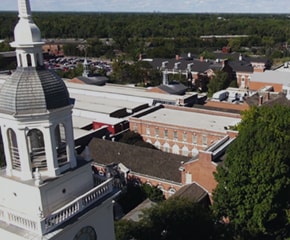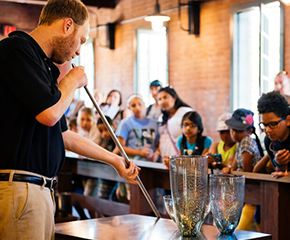"John Brown, The Martyr," 1870
Add to SetSummary
Before the Civil War, Southern slave-owners stubbornly defended the necessity of slavery while vocal abolitionists continued to oppose it. John Brown took matters into his own hands. In 1859 he tried to steal government weapons, but he was caught and hanged for treason. Northerners honored him because he was willing to die for a cause. But it gave Southerners one more reason to prepare for war. …
Before the Civil War, Southern slave-owners stubbornly defended the necessity of slavery while vocal abolitionists continued to oppose it. John Brown took matters into his own hands. In 1859 he tried to steal government weapons, but he was caught and hanged for treason. Northerners honored him because he was willing to die for a cause. But it gave Southerners one more reason to prepare for war.
In the years prior to the Civil War in the United States, Southern slave-owners stubbornly defended the necessity of slavery while vocal abolitionists continued to oppose it. For many people--especially in the North--slavery was still an abstract concept. But by appealing to emotions, three very different people made thousands of Americans suddenly have a point of view.
One was John Brown, a long-time anti-slavery activist who took matters into his own hands. On October 16, 1859 he tried to steal government weapons in Harper's Ferry, Virginia, convinced that Southern slaves would follow him in a revolt. But he was caught and hanged for treason. Northerners honored him because he was willing to die for a cause. But it gave Southerners one more reason to prepare for war.
Currier & Ives of New York City published this hand-colored lithograph in 1870 based on the painting by Louis Ransom made soon after John Brown died in 1859. This original painting was displayed in P.T. Barnum's Museum in New York City during the spring and summer of 1863, the same year that Currier & Ives published their first lithograph on the subject. This second version of the lithograph was made later but sentiment about Civil War heroes sold well and this scene continued to appeal to American popular taste of the 1870s.
The text printed below this lithograph includes "Meeting a Slave Mother and her Child on the steps of Charlestown Jail on his way to Execution. Regarding them with a look of compassion Captain Brown stooped and kissed the Child then met his fate." This did not actually happen the day John Brown was executed on December 2, 1859. Brown was surrounded by troops and the public had no direct access to him. This story was first published in the New York Tribune on December 5, 1859. Although it was later revealed as untrue, it became a popular legend about him.
The poet, John Greenleaf Whittier, included this story in his poem, "Brown of Osawatomie" printed on December 22, 1859; as did James Redpath in his biography, The Public Life of Capt. John Brown, published in January 1860. Redpath wrote about John Brown's walk from jail to the gallows in his book on page 397:
"As he stepped out of the door, a black woman, with a little child in her arms, stood near his way. The twain were of the despised race for whose emancipation and elevation to the dignity of children of God he was about to lay down his life. His thoughts at that moment none can know except as his acts interpret them. He stopped for a moment in his course, stooped over, and with the tenderness of one whose love is as broad as the brotherhood of man, kissed it affectionately."
John Brown was a hero to many Abolitionists during the Civil War and this legend surrounding him helps to explain what he represented to them.
Artifact
Print (Visual work)
Date Made
1870
Subject Date
1859
Collection Title

On Exhibit
at Henry Ford Museum in With Liberty & Justice for All
Object ID
38.309.961
Credit
From the Collections of The Henry Ford. Gift of Susan Stebbins Stark.
Material
Paper (Fiber product)
Technique
Hand coloring
Lithography
Color
Multicolored
Dimensions
Height: 17 in
Width: 12.625 in





